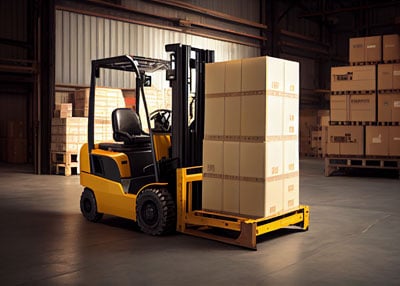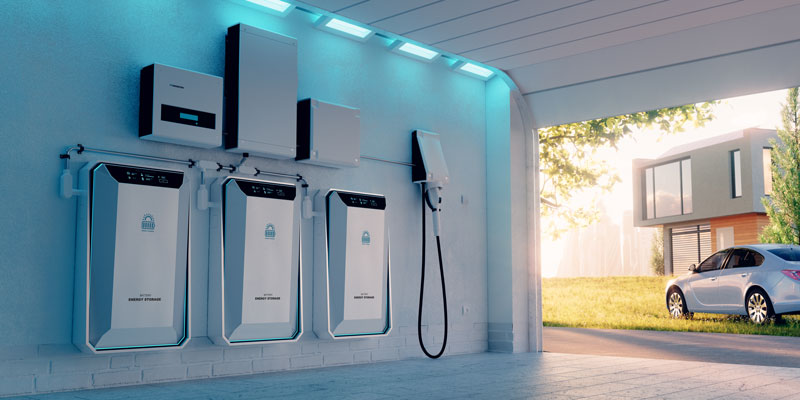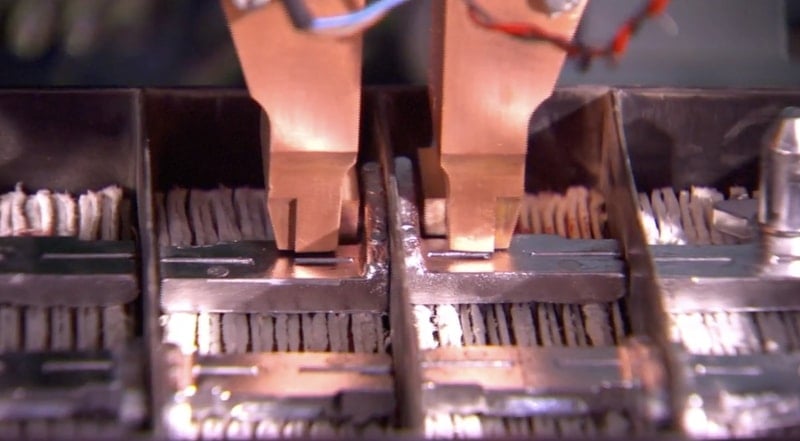With proper installation, your batteries will perform better and last longer. And today, you’ll learn our favorite tips to get you there.
Renewable Energy (RE) + Home Batteries is more profitable and popular than ever. And this combo is effective whether you’re grid-tied (connected to the electrical grid) or off-grid. But it’s not all sunshine and solar panels.
BAD NEWS: Because demand is so high, there’s an influx of less-experienced battery manufacturers and installers – and that puts you at risk of getting amateur installation or even blatantly incorrect or morally wrong advice. Experts abound, but hucksters could cost you a fortune and leave your home at risk.
SILVER LINING: Whether you're using recyclable lead-acid or absorbent glass mat (AGM) batteries or lithium-ion models, all RE batteries share one common characteristic. With a few simple installation tweaks, you can get a longer life and better performance at little or no cost. And they work whether you're living in a handcrafted earthship or just want to know which questions to ask your energy storage installer.Our battery engineers and specialists are distilling some of the secrets, tips, and counterintuitive installation advice.
Over the next few minutes, you’ll discover best practices they learned from powering hundreds of thousands of RE projects – and collaborating with installers whose client lists include the Department of Energy, NASA, and North America’s largest off-grid school.
It starts with a tip that seems obvious – but is easy to get wrong.
#1: First, get battery sizing right
We've said it before: You need a safety margin of reserve power. And with an undersized system, you don't get it. But at the same time, you don't want to overpay. That's why we recommend you start by reducing your home's power demands; otherwise, you're essentially opening the windows and pouring out money. Here's how to shrink your energy bills – and your battery needs:
- Get an independent energy audit that includes blower door testing and thermal imaging. This gives you a starting point and reveals the biggest problems and opportunities.
- Air-seal (and then, afterward, insulate) your building
- Upgrade to an ultra-efficient HVAC system like a modern heat pump. Today’s inverter models can be 170% - 300%+ efficient. And cold climate heat pumps deliver powerful heat in even below-freezing weather.
- Switch to more efficient other appliances.
- Install real-time energy monitoring to see where energy is flowing.
Now that you've slashed your power demands, let's look at battery sizing and how it affects you. Inadequate battery capacity or the wrong voltage can lead to a multitude of problems: early battery failure, inadequate storage, and an inability to meet peak power requirements. Still, undersized battery problems are becoming increasingly common.
Why? Some battery types are 3-4X more expensive than recyclable lead-acid – even though they offer the same capacity. And because it's hard to sell something for 3X the price, some salespeople deliberately undersize battery banks to make their products seem more affordable (ultimately, you're the one who foots the bill when they skip town).
So, how do you figure out how much battery capacity you actually need? The formula involves a few key factors: your total daily energy consumption, the autonomy days (# of days your system needs to operate without solar/wind input), and the desired depth of discharge (DoD, aka what % of total energy you use before recharging).
Here's a simple version of the formula:
Battery Capacity (Ah) = (Total daily energy consumption (Wh) x Autonomy Days) / (Battery Voltage (V) x Depth of Discharge)
If this seems complicated, don’t worry: An RE + battery installer can walk you through everything. Just be sure to get it in writing that your batteries are sized for 50% Depth of Discharge (DoD). DoD tells you what percentage of your total battery capacity you’ve used. And by sizing batteries so there’s extra power “in the tank,” you’ll maximize battery life – and ensure you have ample backup power for cloudy days.
#2: Plan for Future Expansion
When designing your battery bank, it's wise to consider your future power needs. For example: Will you be adding solar panels? Are you upgrading to energy-efficient equipment that replaces inefficient fossil fuel appliances or HVAC? For example, a heat pump or induction stove uses far less energy than gas-burning models, but these modern appliances use electricity. Do you plan to expand your home or add occupants (kids, parents, etc.)?
If you're considering expanding your electrical system, talk with your battery expert or installer. They can work with you to plan your battery bank size to accommodate potential future expansion and help you avoid common mistakes – like needing all-new batteries because individual batteries have uneven wear/aging.
#3: Don’t Neglect Ventilation
Most batteries need ventilation to regulate temperature. For lead-acid and AGM batteries, proper ventilation prevents gas buildup, while for lithium-ion batteries, ventilation reduces the risk of thermal runaway.
Ensure your battery system has adequate ventilation by studying UL standards and National Electrical Code (NEC) requirements – or ask a qualified battery consultant or installer.
#4: Help Batteries Stay in the “Goldilocks Zone”
Batteries do best in a "Goldilocks Zone" – an ideal operating temperature range of 60-80°F (15-27°C). Outside this zone, extreme temperatures wreak havoc on your battery's lifespan and performance. High temperatures can accelerate chemical reactions, leading to early failure, while low temperatures can slow the reactions, reducing a battery's effective capacity.
But extreme temperatures and bad weather don't have to ruin your investment. With the right storage and cooling solutions, your batteries will perform better and last longer.
Proper storage is critical to maintaining optimal temperatures. You can achieve this by housing your batteries in a box or building equipped with effective insulation and adequate airflow. Insulation helps regulate the temperature, protecting batteries from drastic fluctuations. Good airflow dissipates heat generated during battery operation and mitigates overheating. Finally, high-efficiency, DC-powered fans provide active cooling during heavy battery use or hot weather.
#5: Set Up Regular Maintenance – even with AGM or lithium-ion batteries
Your batteries may be designed in 3D simulators and built by robots (like ours are). But no matter how advanced or durable your batteries are, they aren't immune to the wear and tear of everyday use – or environmental factors like humidity and temperature extremes.
That's why regular maintenance goes a long way toward preserving battery health and efficiency. Common maintenance includes:
- Inspecting all batteries, cables, and terminals regularly.
- Checking electrolyte levels (flooded lead acid).
- Cleaning terminals to prevent corrosion.
Check your manual to ensure optimal lifespan and performance. If you're having your batteries installed, ask your installer if you can take a video of them explaining how to maintain your system. That way, you can rewatch their work anytime you have questions.
#6: Install Batteries Correctly
All battery manufacturers have specific installation requirements, and different battery types (chemistries) vary in their setup recommendations. For instance, lead-acid batteries must be stored standing up (terminals facing the ceiling). AGM batteries, being sealed, can be installed sideways or upright. And lithium-ion batteries should be installed in approved locations (often not inside living spaces) to ensure optimal performance and longevity.
Improper storage can reduce battery capacity, irreversibly damage batteries, and even create safety hazards. Your manufacturer can provide strategies to store batteries properly, giving you improved lifespan and reliability.
#7: Make Batteries Easy-to-Access
No batteries are "set it and forget it." Even the most hands-off energy storage requires at least occasional inspection, maintenance, and care. But hard-to-reach or cramped spaces make it difficult to perform routine checks and maintenance tasks, reducing your batteries' lifespan and performance.
Check into battery racks or other approved mounting methods (including NEC-accepted DIY methods); these will ensure accessibility and a safe environment. Allow plenty of space to visually inspect, clean, and (for recyclable lead-acid) water batteries. And if you can, store maintenance tools near your battery bank. This will minimize back-and-forth time, so inspection takes just a few minutes.
By making your batteries easily accessible, you'll be better equipped to perform timely maintenance, spot potential issues early, and keep your battery bank in optimal shape.
What’s Next?
With these battery installation tips, you’re well on your way to maximizing your RE batteries’ life and efficiency. And, when you’re ready to get more out of your RE + Storage system – or get answers about battery sizing – just click here to connect with your RE battery experts.











